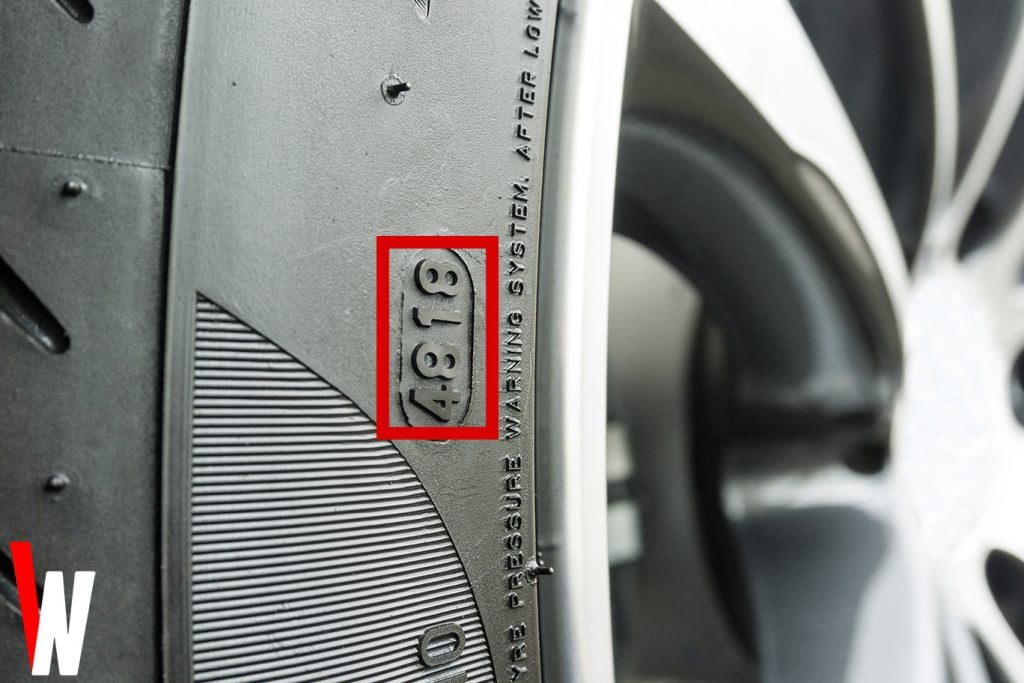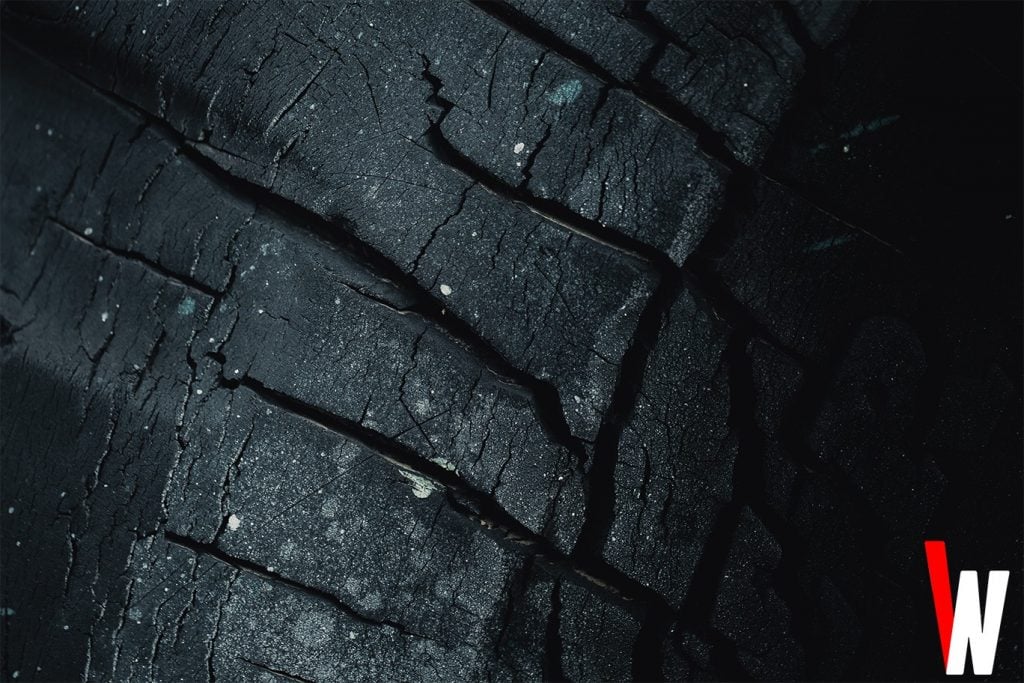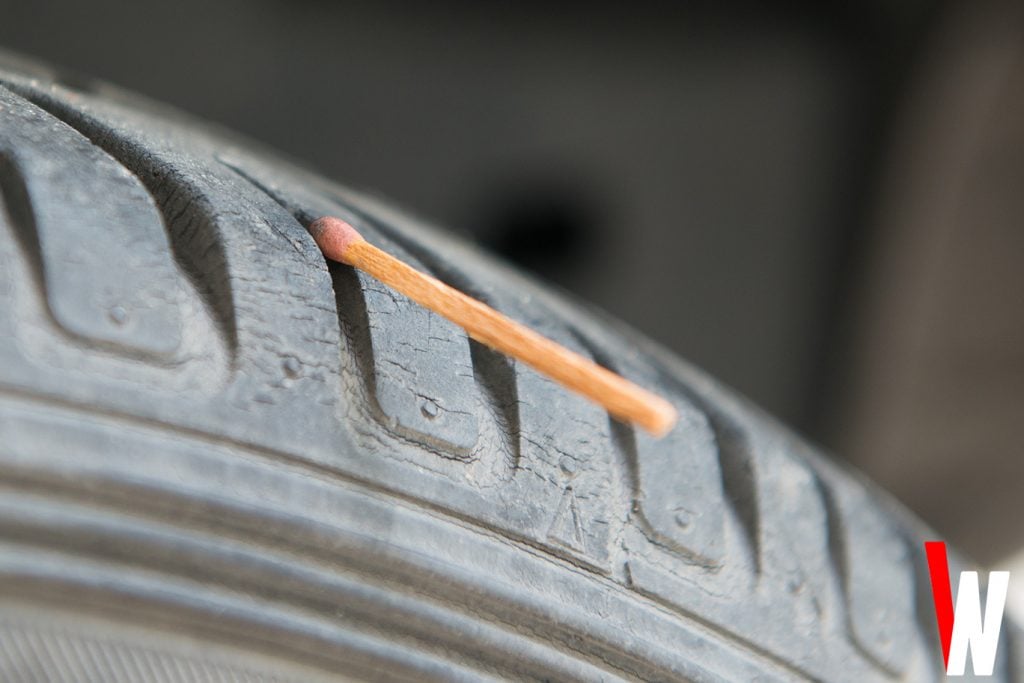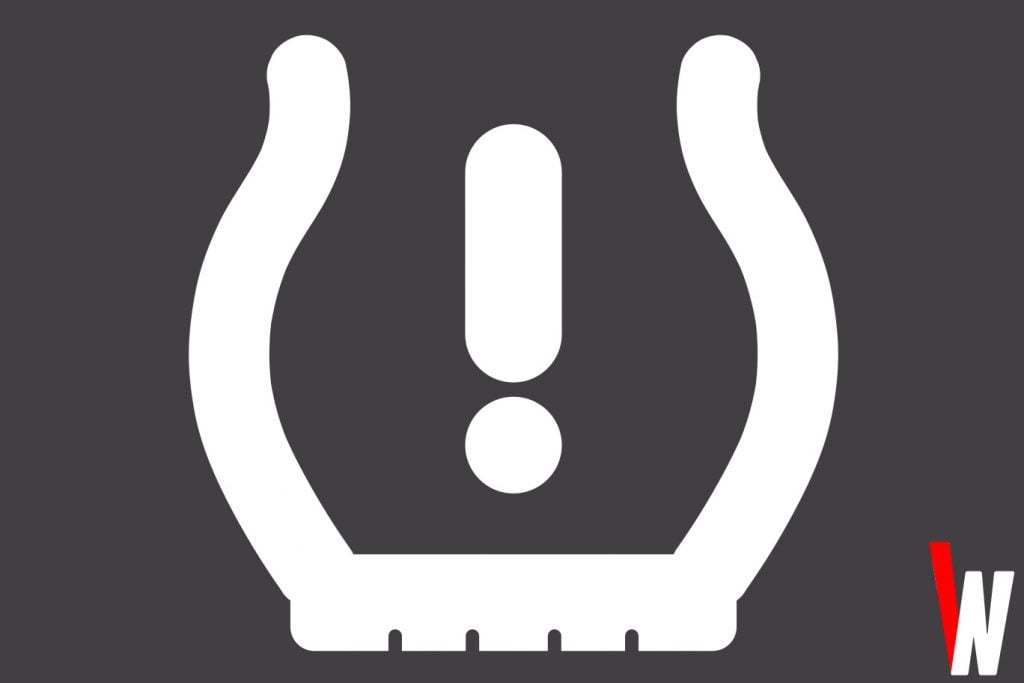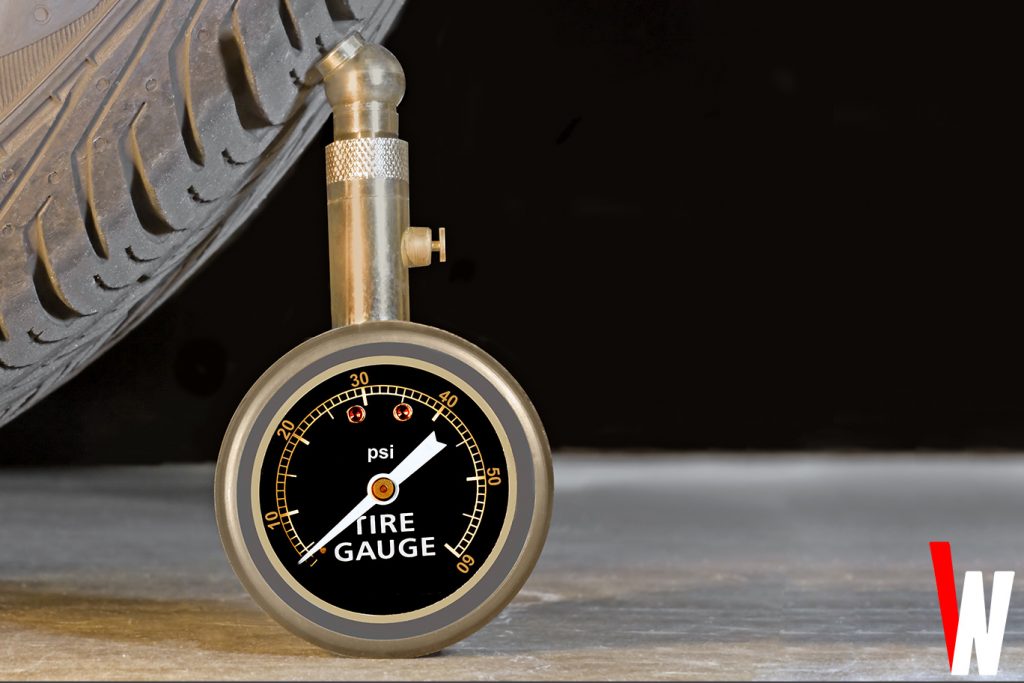How to know if you need new tires
Tires may be the most important part you’ll ever purchase for your car. They’re the essential piece wherein all the power from your vehicle’s engine is transferred to the road.
Like your gas, oil, and light bulbs, tires slowly wear down as you drive. As your tires age, so too will the tread’s efficiency. Whether that’s channelling water away from your car in the rain, or providing extra grip at the track, an old tire won’t perform, sometimes not at all.
In the worst of cases, worn-out tires could lead to a collision, harming yourself and others. Knowing how to check if your tires are still in good working condition is essential to vehicle ownership. We wrote this article to help you understand how to manage it yourself. Below are some of the reasons old tires can cost you more in the long run and tips on how to check your tire treads.
There are two significant reasons you should change your vehicle’s tires: wear and age. Wear is when they’ve been driven on for around 5 or more years, and the tread begins to disappear. Age is when the rubber compound of a tire starts to break down over time, even without driving. Thankfully all tires are manufactured with a few features for you to read how much life your tires have left.
DOT Number
Your tires’ DOT number is a unique indicator that shows you the week (out of 52), and the year they were manufactured. While tire warehouses often regulate their humidity and temperature to prevent the ageing of tires, it’s wise to know their actual age.
Thankfully, tire manufacturers have warranties that only go into effect after the date of purchase. So if you have an issue related to your tire’s DOT age, you’re still covered by your brand.
Sometimes you can’t help it, maybe you don’t drive your car that much, or circumstances prevent you from checking your tire’s age. In those cases, you can still find symptoms of an old tire, typically visible when the rubber compound begins to break down and crack. If you notice these cracks, replace your tires immediately. Even if they have the right amount of tread remaining, tires with cracking can easily lead to a blowout or an injury to you or someone else.
Experts widely assume old tires were the cause in the death of film celebrity Paul Walker. Even though the tires on his Porsche Carrera GT were expensive, they had been stored for an extended period, and resulted in diminished performance, leading to his fatal crash. In the case of tire age, your tire treads may look totally fine, but if those tires are looking old, we recommend thinking twice about driving.
Tread depth
Another way to know if you need new tires is to physically check the tread. As you drive on your tires, the treads will become thinner as the road’s friction wears them down. Most guides will tell you to start thinking about new tires when the tread depth has been reduced to 6/32 of an inch or 0.1875 inches, which in Canada means about 4.7 millimetres. This depth is not the easiest thing to visualize, but thankfully there are alternative ways to check.
Depth measurement tool
The easiest way is to head to the hardware store or tire centre and find yourself a depth measuring tool. This tool gives you an accurate reading of your tire treads depth.
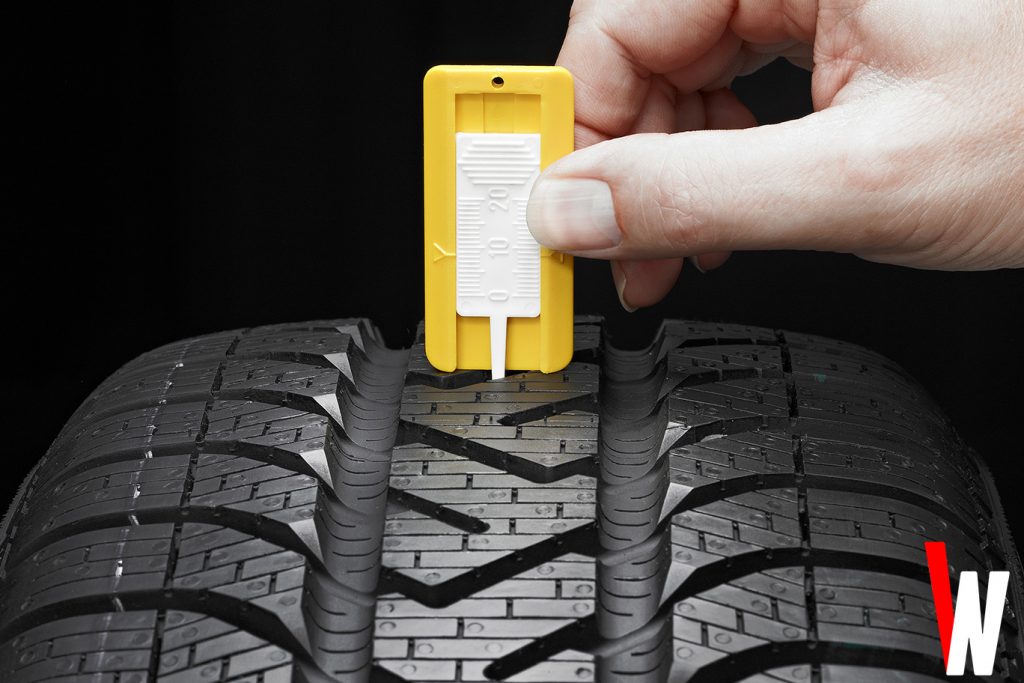
A tread depth measuring tool like the one here is the easiest way to tell if you have under 4.7mm of tread remaining
Coin trick
If you can’t find one of these tools, don’t worry, you can use a common household coin. In Canada, if you take a nickle and turn Queen Elizabeth II upside down. Can you see the Queen’s Crown? If yes, then your treads are at about 4mm or less, so it’s time to change those tires!
The wooden match
Can’t find a nickle? You can do the same thing with an ordinary wooden match. Lay the match lengthwise across your tread, if you can see the head of the match, your treads are too low, time for new tires!
Tread Indicator Bar
If you can’t find a tool, nickel, or match around the house, your tires may still have a way to tell if they’re worn out. Many tires are equipped with Tread Indicator Bars between the actual tread blocks. They sit about 5-6mm above the lowest point on the tire and helps you gauge when your tread blocks are worn down. If your tread blocks line up with the indicator bar, it’s time to think about new rubber.
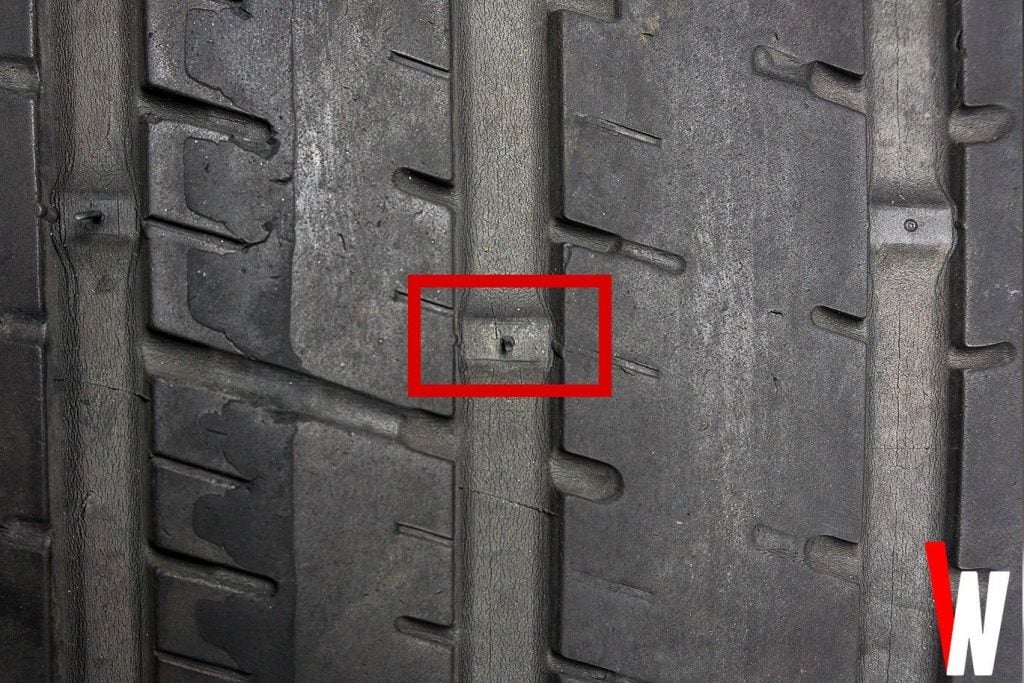
Tread Life Indicator bars are slightly raised to give you a little bit of extra time to shop when you notice your tread is getting close to them
TPMS
The last way to tell if your tires need replacing comes in the form of a more recent automotive technology. Called the Tire Pressure Monitor System (TPMS). TPMS is a feature built into many modern vehicles, and it’s added to more models every year. The name of this system speaks for itself, your car’s computer can actually read your tire pressure and check if it is too low. Are your tires losing air? Then the TPMS indicator light will become visible on your dashboard.
If your vehicle is not equipped with a TPMS system, then check your tire pressure regularly. You can find a gauge at most hardware stores for anywhere from $5 to $20. It’s advised to always follow the tire pressure recommendations posted within the door jam of any car, truck or SUV, by law.
The Bottom Line
Your tires are the most essential piece to your safety on the road. Without the appropriate tires, you may be taking dangerous risks to yourself and others while driving.
Check on the life of your tires every time you get them changed from summer to winter and vice versa. A regular check gauges how your driving wears on your tires, helping you plan for when you buy new ones.
We at CanadaWheels encourage all our customers to put their safety first. Always
double-check if your tires appear old, worn, or cracked. Gauge your tire pressure appropriately, and above all, use the right tires for the right season! If you’re ever confused, our team of specialists can help ensure that your drive is the safest possible.
ALSO READ
